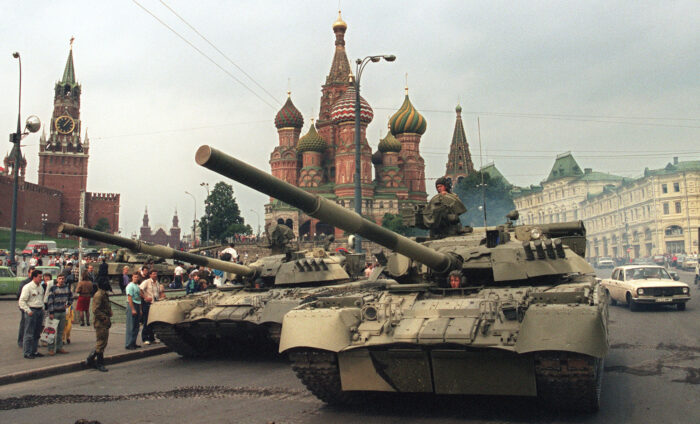As cultural critic at the Chicago Tribune for a dozen years, I was sometimes called upon to write the big, epic think pieces that necessarily follow in the wake of big, epic events. The dawn of the new millennium. Columbine. The White Sox winning the World Series.
I’m not kidding about that last one. Sports are a big deal in Chicago.
Anyway, when the Big Thing happened, my editors beckoned. I was the go-to gal for the “What does it all mean?” piece. Because I was able to pull it off, some onlookers thought that I enjoyed it, and that it was easy.
I didn’t—and it wasn’t.
The panoramic view is the hardest job in journalism. That’s why I so admire Serge Schmemann’s eloquent, deeply informed summary of the fall of the Soviet Union in the Dec. 26, 1991, edition of The New York Times. In it, he wrote of a country “stripped of its ideology, dismembered, bankrupt and hungry—but awe-inspiring even in its fall.”
He was writing in real time, as the statues crumbled and the bells tolled. He didn’t have the luxury of pipe-and-slippers retrospect.
Such articles require both a wide-angle lens and an electron microscope, as one must capture not only the grand, historical sweep but also the small, telling nuances—and then knit them together to create a piece that tells us something we don’t already know (so many of these efforts end up stating the obvious), and does so with poetry and fire. Schmemann did that, and I’ve never forgotten his profound and illuminating account of a 20th-century milestone.
The Soviet State, Born of a Dream, Dies
By Serge Schmemann
The New York Times, Dec. 26, 1991
Excerpt
It is easy now, gazing over the smoldering ruins of the Soviet empire, to enumerate the fatal illusions of the Marxist system. Yet the irresistible utopian dream fired generations of reformers, revolutionaries and radicals here and abroad, helping spread Soviet influence to the far corners of the globe.
Until recently, rare was the third world leader who did not espouse some modified Marxist doctrine, who did not make a regular pilgrimage to Moscow to join in the ritual denunciations of the “imperialists.”
Much of it was opportunism, of course. In the Soviet Union as in the third world, Communism offered a handy justification for stomping on democracy and keeping one party and one dictator in power.
Yet it was also a faith, one strong enough to survive all the injustices done in its name. Lev Kopelev, a prominent intellectual now living in Germany, recalled in his memoirs how prisoners emerged from the gulag after Stalin’s death firmly believing that at last they could start redressing the “errors” of Stalinism and truly building Communism.
And only last March, Mr. Gorbachev would still declare in Minsk, “I am not ashamed to say that I am a Communist and adhere to the Communist idea, and with this I will leave for the other world.”
The tenacity of the faith testified to the scope of the experiment. It was a monumental failure, but it had been a grand attempt, an experiment on a scale the world had never known before.
Serge Schmemann © 1991 The New York Times.




